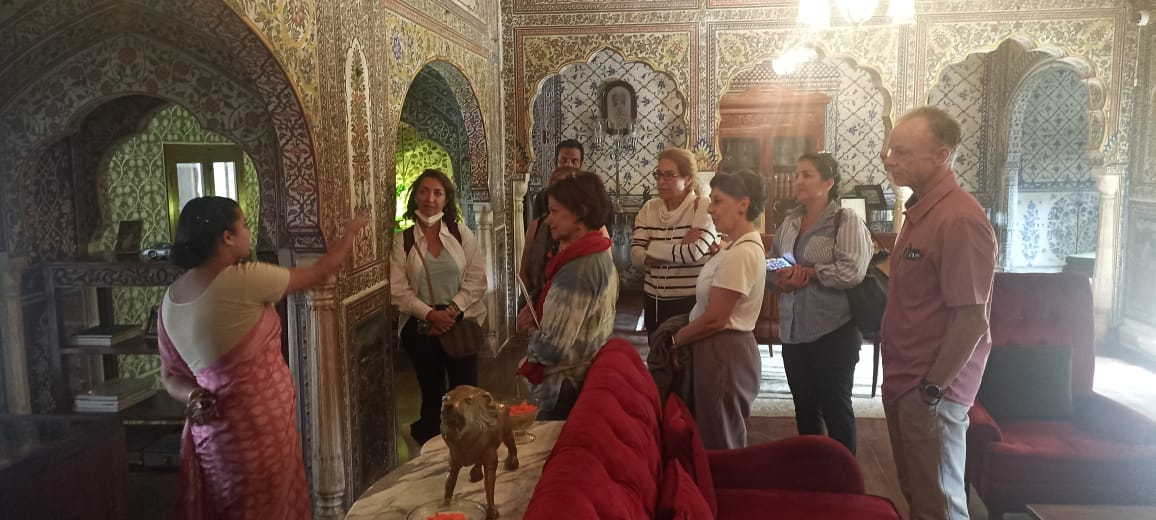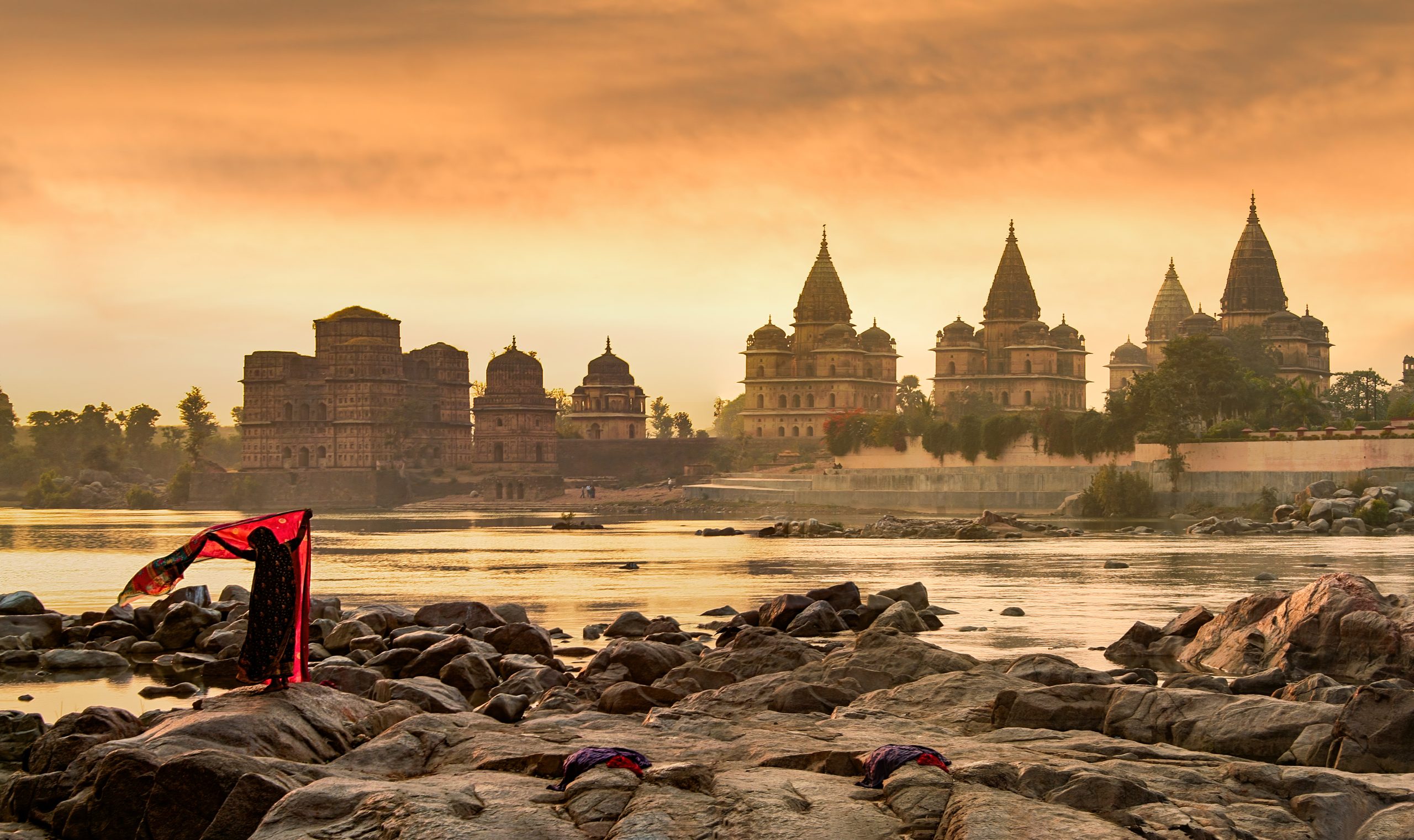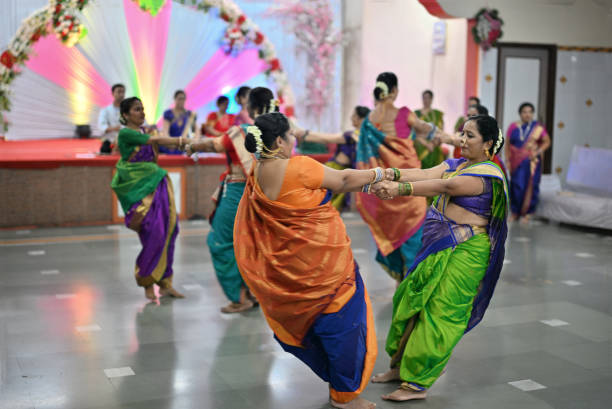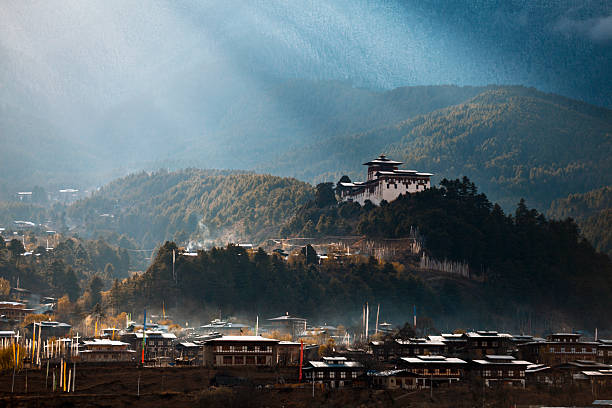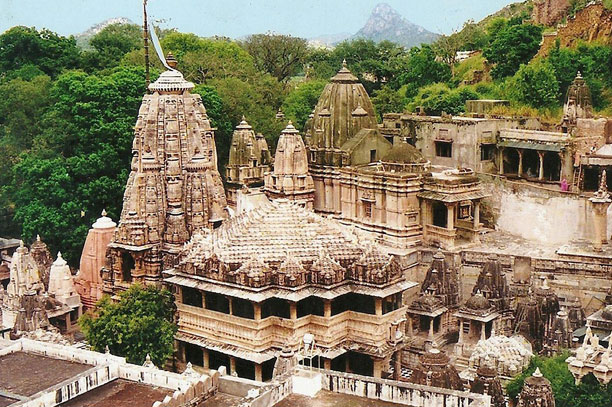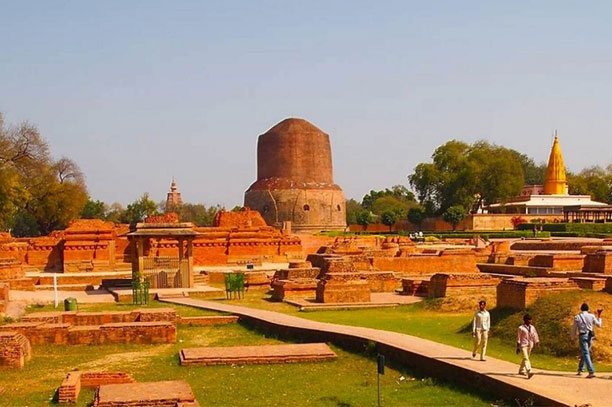India is a country that is known for its rich cultural heritage and architectural marvels. From the Taj Mahal to the Qutub Minar, India is home to some of the most breathtaking monuments in the world. One such marvel that has been captivating the attention of the world is the Chand Baori Stepwell, located in the small village of Abhaneri, Rajasthan. This architectural masterpiece is a 13-story deep stepwell that has been built in a unique geometric pattern. The stepwell is believed to have been constructed by King Chanda of the Nikumbha Dynasty in the 9th century, and it remains a mystery as to how the ancient builders were able to create such a complex structure. In this article, we’ll take a closer look at the fascinating history and design of the Chand Baori Stepwell and explore why it is considered one of the most remarkable architectural wonders in the world.
Origin and history of Chand Baori Stepwell
The Chand Baori Stepwell is believed to have been built in the 9th century by King Chanda of the Nikumbha Dynasty. The stepwell was constructed as a source of water for the nearby community and was used for drinking, irrigation, and other daily chores. The stepwell was also used as a gathering place where people could socialize and take shelter from the scorching heat of the desert.
The stepwell is named after the king who built it, and the word ‘Baori’ in Hindi means stepwell. The Chand Baori Stepwell is one of the largest and deepest stepwells in India, with 3,500 narrow steps leading down to the bottom. The stepwell is 20 meters deep and has a length of 35 meters on each side. The geometric pattern of the stepwell is an architectural marvel and has been the subject of many studies and research projects.
The Chand Baori Stepwell has been well-preserved over the centuries and has been restored several times. The latest restoration work was carried out in 2019, which involved cleaning the stepwell and repairing the damaged parts.
Architecture and design of Chand Baori Stepwell
The architecture and design of the Chand Baori Stepwell are unique and stunning. The stepwell has been built in a geometric pattern that is both beautiful and functional. The stepwell is divided into several levels, with each level having a different number of steps. The steps are designed in a way that allows the water to flow freely from one level to the other.
The stepwell also has several symmetrical pillars and arches that add to its beauty. The intricate carvings on the pillars and arches depict various gods and goddesses from Hindu mythology. The walls of the stepwell are also adorned with beautiful carvings and sculptures that depict scenes from Indian mythology and history.
The stepwell is also designed to provide shade and coolness during the scorching heat of the desert. The depth of the stepwell ensures that the temperature at the bottom is several degrees cooler than the temperature outside. The stepwell also has several chambers and rooms that were used for various purposes, such as storage and shelter.
Unique features of Chand Baori Stepwell
The Chand Baori Stepwell is unique in many ways. One of the most striking features of the stepwell is its geometric pattern. The stepwell has been built in a way that allows the water to flow freely from one level to the other, ensuring that the water remains fresh and clean.
The stepwell also has several symmetrical pillars and arches that add to its beauty. The intricate carvings on the pillars and arches depict various gods and goddesses from Hindu mythology. The stepwell is also designed to provide shade and coolness during the scorching heat of the desert.
The Chand Baori Stepwell also has several chambers and rooms that were used for various purposes. The rooms were used for storage, and some of the chambers were used for meditation and religious ceremonies. The stepwell also has several sculptures and carvings that depict scenes from Indian mythology and history.
Significance of Chand Baori Stepwell in Indian culture
The Chand Baori Stepwell has significant cultural and historical importance in India. The stepwell was built during a time when water scarcity was a major problem in the region. The stepwell served as a source of water for the nearby community, and it also played a significant role in the social and cultural life of the people.
The stepwell was also used as a gathering place where people could socialize and take shelter from the scorching heat of the desert. The stepwell also has several sculptures and carvings that depict scenes from Indian mythology and history, making it an important cultural and historical site in India.
Restoration and preservation of Chand Baori Stepwell
The Chand Baori Stepwell has been well-preserved over the centuries, but it has undergone several restoration works. The latest restoration work was carried out in 2019, which involved cleaning the stepwell and repairing the damaged parts.
The restoration work was carried out by the Archaeological Survey of India (ASI) and the Rajasthan Tourism Development Corporation (RTDC). The restoration work was necessary to preserve the stepwell for future generations and to ensure that it remains a significant cultural and historical site in India.
Tourist attractions and visitor experience at Chand Baori Stepwell
The Chand Baori Stepwell is a popular tourist attraction in India and attracts visitors from all over the world. The stepwell is located in the small village of Abhaneri, Rajasthan, and can be easily accessed by road. The stepwell is open to visitors throughout the year, and there is no entrance fee.
Visitors can explore the stepwell and marvel at its unique architecture and design. Visitors can also take photographs of the stepwell and its surroundings. The stepwell is also surrounded by several other historical sites and monuments, making it a must-visit destination for history enthusiasts.
Similar stepwells in India and around the world
The Chand Baori Stepwell is not the only stepwell in India. There are several other stepwells in India that are equally stunning and unique. Some of the most famous stepwells in India include the Rani ki Vav in Gujarat, the Agrasen ki Baoli in Delhi, and the Adalaj Stepwell in Gujarat.
Stepwells are also found in other parts of the world, such as Iran, Morocco, and Spain. The stepwells in these countries are also unique and have their own architectural and cultural significance.
Photography tips for capturing the beauty of Chand Baori Stepwell
The Chand Baori Stepwell is a stunning example of Indian architecture and design, and it makes for an excellent photography subject. To capture the beauty of the stepwell, it’s essential to use the right camera settings and techniques.
One of the best ways to capture the beauty of the stepwell is to shoot during the golden hour. The golden hour is the period just after sunrise or just before sunset when the light is soft and warm, and the shadows are long and dramatic. Shooting during the golden hour will give your photos a warm, golden glow that will enhance the beauty of the stepwell.
It’s also essential to use a wide-angle lens to capture the entire stepwell in one frame. A wide-angle lens will allow you to capture the intricate details of the stepwell and its surroundings. Using a tripod is also recommended, as it will help you capture sharp and steady images.
Conclusion
The Chand Baori Stepwell is a remarkable architectural wonder that has been captivating the attention of the world. The stepwell’s unique design and historical significance make it a must-visit destination in India. The stepwell is not only a significant cultural and historical site but also a stunning example of Indian architecture and design. The stepwell has been well-preserved over the centuries, and its restoration work ensures that it remains a significant site for future generations. Visiting the Chand Baori Stepwell is an experience that should not be missed, and it’s a testament to the rich cultural and architectural heritage of India.





